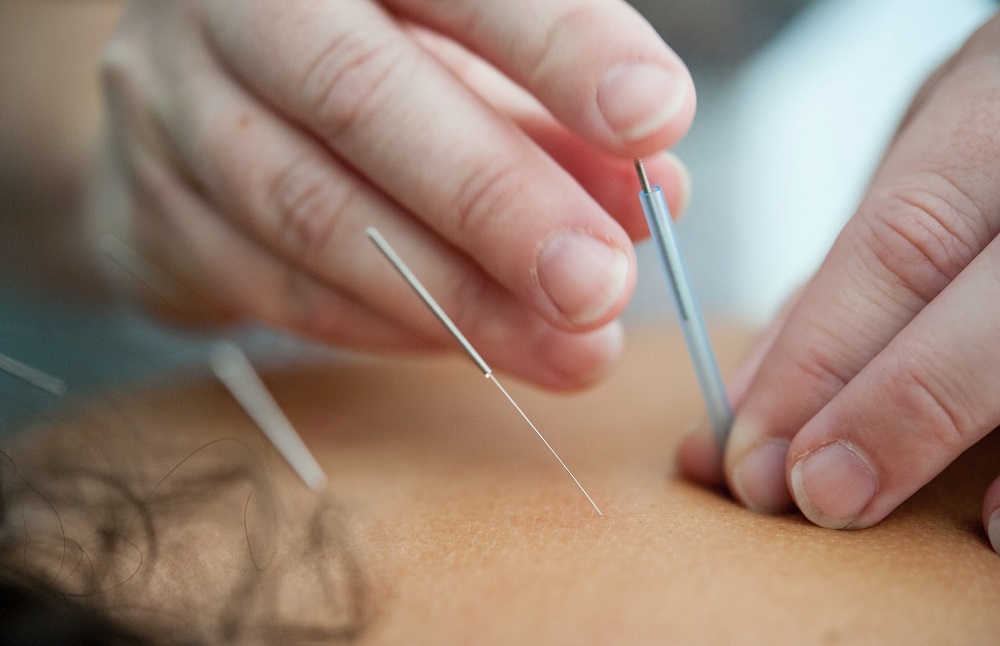
Integrative Dry Needling
Integrative Dry Needling (IDN) is a powerful therapeutic technique used to address soft tissue dysfunction and help restore the body’s natural balance. At its core, this modality supports the body’s ability to self-regulate, self-heal, and adapt—principles that align seamlessly with the chiropractic philosophy.
Dry needling involves the insertion of thin, sterile filaments into areas of soft tissue injury or dysfunction. These “needling lesions” are controlled micro-injuries that stimulate a complex healing response at the local, segmental, and systemic levels.
What Does Integrative Dry Needling Address?
Dry needling is not a treatment for a specific disease, but rather a method to normalize and support the body’s physiological processes. It is particularly effective for soft tissue dysfunctions such as:
- Tissue inflammation ie. sprains, strains, acute/chronic injuries
- Sensitized nerve tissue
- Scar tissue formation
- Tissue adhesions
- Poor blood and lymphatic circulation
These dysfunctions often contribute to pain, mobility limitations, and reduced function—areas where dry needling can offer profound relief and restoration.
Benefits of Dry Needling [Local, Segmental & Systemic Effects]
Local Effects
At the site of needle insertion, dry needling triggers a remodeling process that includes:
- Reduction of tissue tension and physical stress
- Normalization of local inflammation
- Enhanced microcirculation (restoration of capillary function)
- Replacement of injured tissues with new, healthy tissue of the same type
This process helps “reset” the soft tissue environment, creating better conditions for healing and function.
Segmental Effects
Dry needling also impacts the segmental levels of the nervous system. It can influence spinal cord pathways and related neuromuscular zones, helping to regulate overactive nerve responses and reduce protective muscle guarding. This is particularly useful for addressing chronic musculoskeletal patterns that may resist other forms of care.
Systemic Effects
Beyond the local and segmental levels, dry needling has systemic effects that contribute to whole-body balance. Each needling session helps restore homeostasis by:
- Reducing physical and physiological stress
- Promoting immune and endocrine responses
- Encouraging the release of neurotransmitters and bioactive substances
- Regulating the biochemical environment of injured or inflamed tissues
This whole-body response reinforces the body’s own ability to heal—aligning beautifully with chiropractic’s foundational belief in the body’s innate intelligence.
A Natural Partner to Chiropractic Care
Integrative Dry Needling fits effortlessly alongside chiropractic care. While chiropractic adjustments work to remove interference in the nervous system and restore joint mobility, dry needling complements this by targeting soft tissue dysfunction that may be contributing to imbalance.
Together, they help support:
- Nervous system regulation
- Optimal movement patterns
- Efficient blood and lymph flow
- Emotional and physical stress recovery
In both approaches, the goal is not merely symptom relief—but restoring balance, enhancing function, and supporting long-term wellness.



